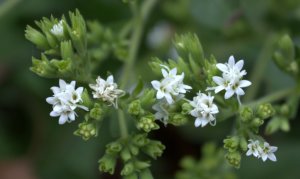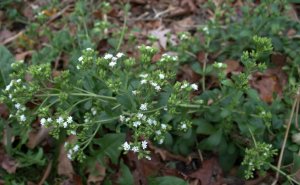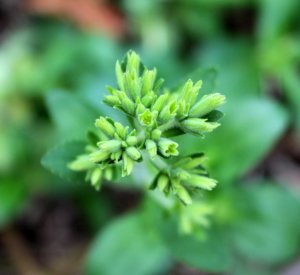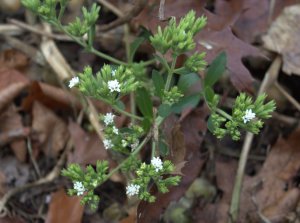Cold, dark days of winter let us see straight through the trees of the forest to that grove of hemlocks on the south side of the property. A small group of 6-7 white-tailed deer bed down in there on most days.
From our higher vantage point in the house we see them going to and from the hemlock area in the early morning hours and near dusk. Once the trees leaf-in in Spring, we won’t be able to view this area from on top the hill.
During December and the Holiday Season we had evergreens and pines to appreciate in the form of wreaths and Christmas trees and boughs on the window sills.
For the last couple of months the action in the field has been harvesting of planted crops like corn, soy and sunflowers. Also, hunting of turkey, bear and deer.
Outdoors there’s nothing blooming now. Most of us who seek the company of our little green friends go inside and appreciate our houseplants.
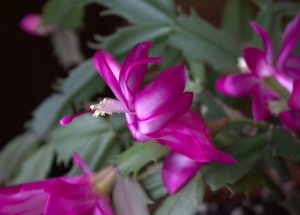
Other plant appreciation we get through eating the foods that we’ve canned or preserved from the garden, like salsa and tomatoes.
Right now the garden has baby lettuce about 3 inches tall that we’ll protect over the winter for an early start in Spring next year. Only an old sheet will cover these plants even in the coldest of Winter.
In the next couple of months we’ll dream by the fire of new flowers to seek out on walks in the woods and we’ll pour over seed catalogs to help us design the gardens for next year. Until then we can only dream of Spring and the beauty it brings.
